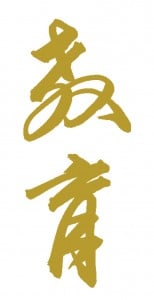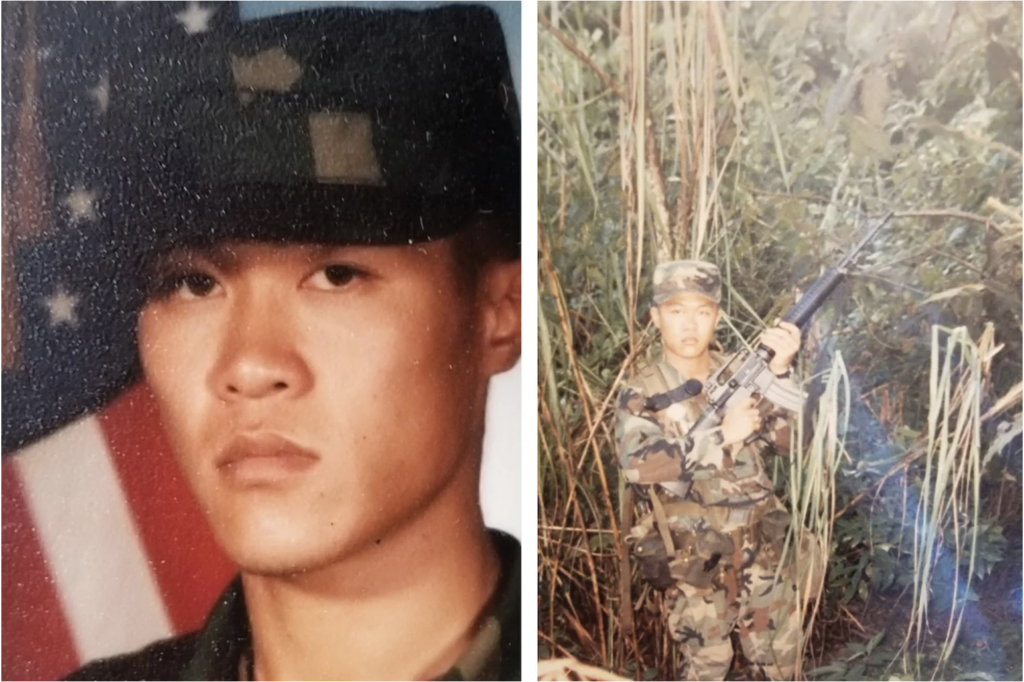Building Bridges to China
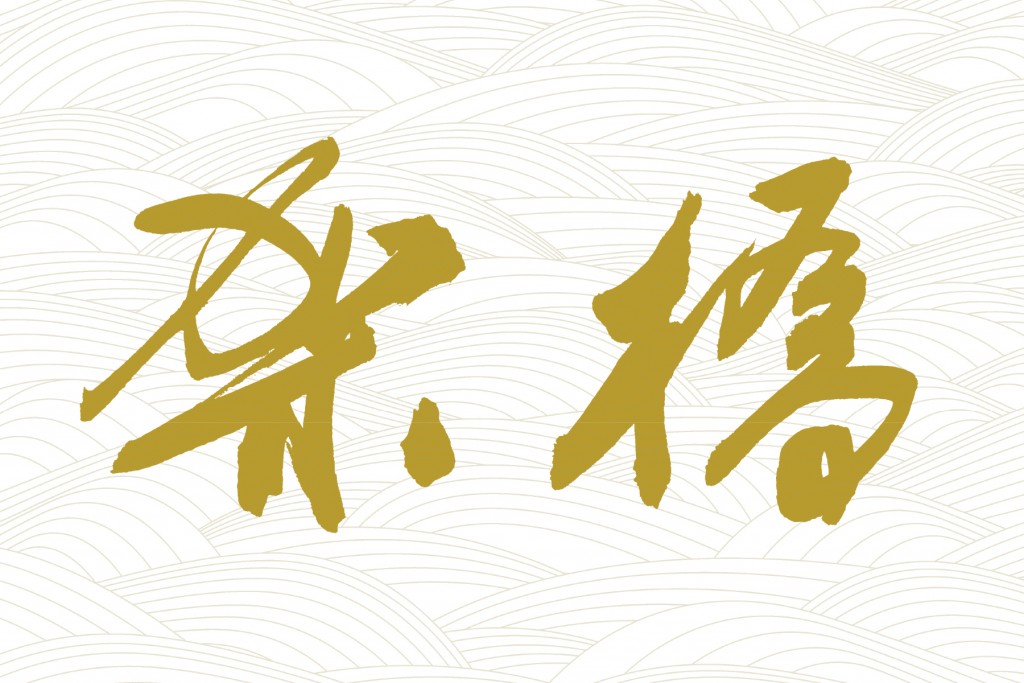
EDUCATION
Local Schools Face Recruiting Challenges in China
Given China’s obsession with Ivy League educations, Hawaii’s colleges face a challenge in attracting more Chinese students. Last year, an alliance was formed by UH (including its community colleges), Hawaii Pacific University, Chaminade and a few private prep schools in the state. The aim of the Study Hawaii Educational Consortium is to promote the state as a destination for international students, particularly in the lucrative China market.
However, if UH wants to compete for lucrative Chinese students, it must make changes. For example, it may have to start paying agents in China to promote the school. “UH is probably one of the only state universities that doesn’t have brokers working for them in China,” says David Wilson of the Hawaii Islands Regional Center. “My daughter goes to Boston University and they have a huge presence in Shanghai, in Beijing and in Guangzhou. We went to her orientation and they probably had 120 Chinese kids enrolled in her university – and, as foreign students, they’re paying twice as much. A lot of the Chinese we talk to don’t even know there is a university in Hawaii.”
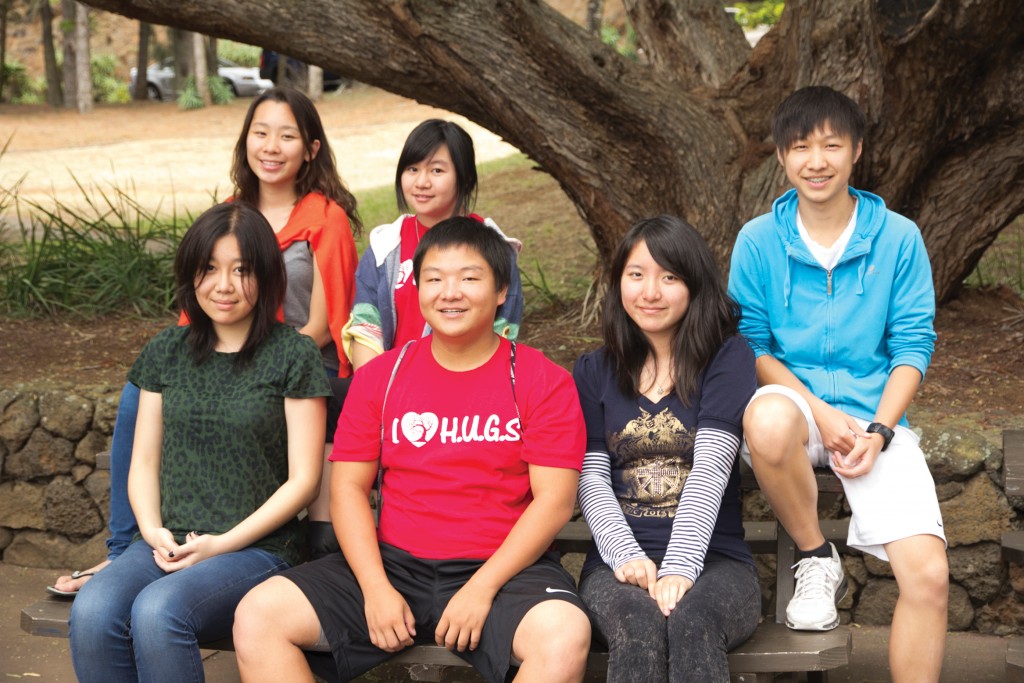
The Hawaii Preparatory Academy on Hawaii Island draws its diverse student body from the Hawaiian Islands, 17 other states and U.S. territories, and 18 foreign countries, including China. Above, several HPA students from China gather for a photo on campus. Front row, left to right, are Xin’ge “Mikki” Li, Xingjie “Alex” Li, Di “Judy” Zhu and Chao “Mickey” Lin. In the back row are Jingyi “Chloe” Xiang and Antonia Tsui.
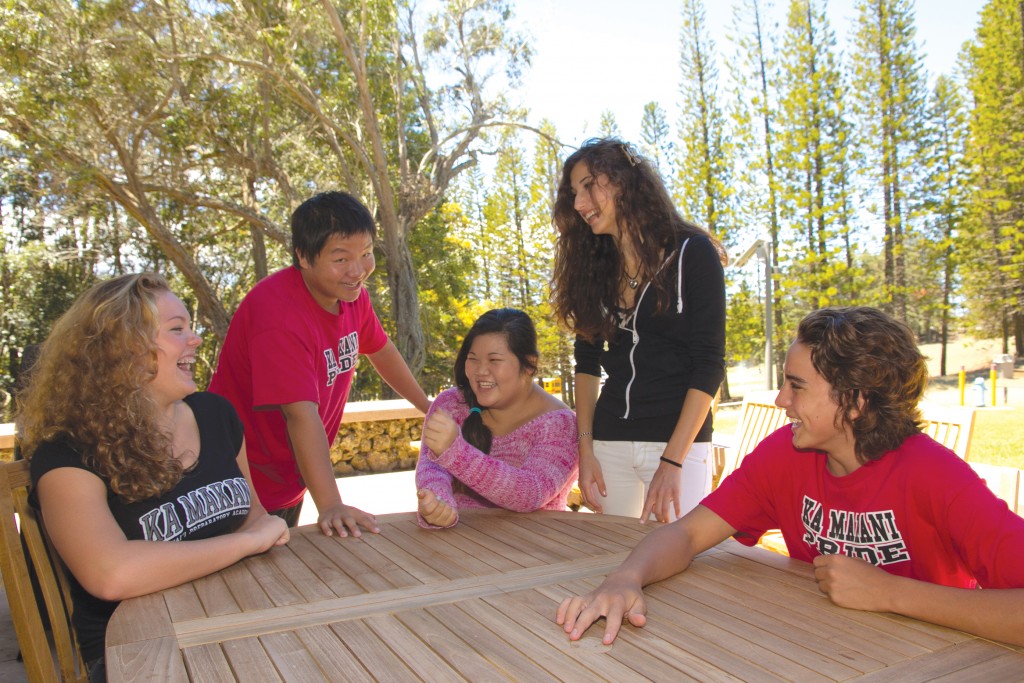
Above, Alex talks with friends: Janelle Laros of Kona, Chyna Hanano of Kauai, Lana Poljak of Croatia and Kanoa Chobany from Hakalau on Hawaii Island. | Photos: Hawaii Preparatory Academy
These educational consultants are one of the primary ways of reaching Chinese families, says Becky George, director of international programs at Leeward Community College and president of the Study Hawaii Educational Consortium. “These are basically companies that provide guidance to students and their parents about where to study outside China. Many of them are full-service companies. They have partners outside China and are sort of like what we would think of as travel agents.” For Chinese parents thinking of sending their children abroad, their advice is crucial.
Interestingly, the UH Outreach College can pay recruiters because it’s a nondegree program. Judy Ensing, director of international programs for the college, hopes that will provide a back door for university recruitment in China.
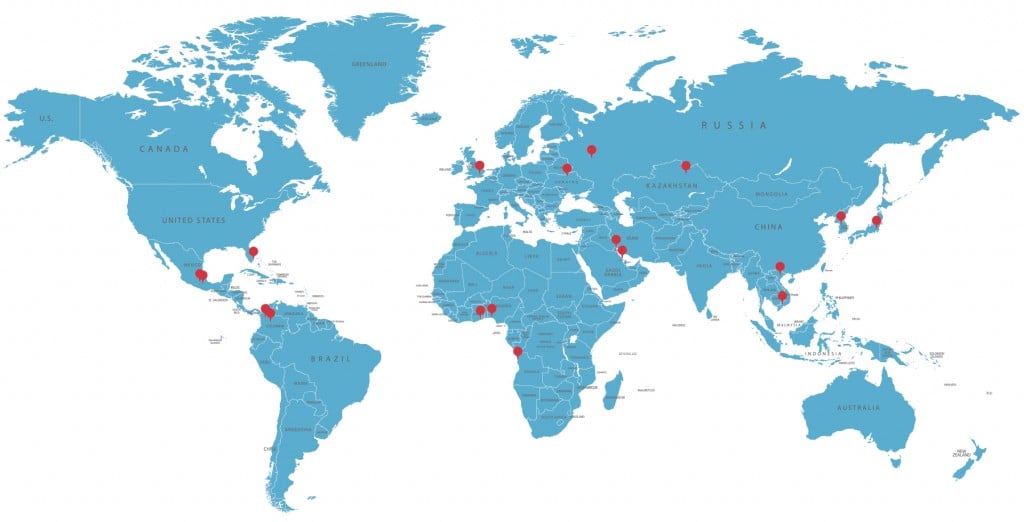
Josh Clark is a recruiter for Hawaii Preparatory Academy, which means he is a very frequent flyer. His schedule this school year will take him to all the places marked in red plus stops on the U.S. mainland and a few more international destinations that are not yet finalized.
“We’re starting a brand-new program targeting Chinese students,” Ensing says. “We call it the University Preparatory Program. The goal is to work with agents in China that target students who are almost eligible to be accepted into U.S. universities, but need a little help.” The idea is to bring those students to the Outreach College as a prelude to matriculating into a degree program. “It will be a two-semester program,” Ensing says. “During the first semester, we’ll give them intensive English classes. In the second semester, they’ll start to take a couple of credit courses to make sure they’re really on track and ready to go into university. Hopefully, I’ll be boosting China enrollment into UH and producing a steady stream of Chinese students.”
According to Ensing, the preparatory program is patterned after successful programs at mainland universities. “It was proposed to us by Guangzhou Shi Jin Sheng Consulting, a recruiting agent in China, because it has been doing this with specific schools on the mainland, notably U.C. Irvine.”
There are other challenges. First, Chinese parents have to be convinced this is a good place to send their children. “Hawaii is a little bit of a hard sell,” Ensing says. “It’s hard for them to wrap their heads around the idea that this can be a study destination. We actually have to downplay the beauty and scenery to kind of make it look more serious and convince the parents that, yes, their kids can study here.”
There are also visa issues. “It’s fairly easy for Chinese to get a visa if they’re coming for a degree program,” Ensing says.
“But it’s different for nondegree programs, like those at the Outreach College. We’ve had Chinese students who’ve had their visa applications rejected.” Nevertheless, some Chinese students manage these obstacles: UH had 148 students from China and another 13 from Hong Kong in fall 2011.
Boarding Schools
Many of Hawaii’s private secondary schools are also eager to add to their cadre of high-paying international students, none more so than the Hawaii Preparatory Academy on Hawaii Island. That’s largely because HPA is the last of the traditional boarding schools in Hawaii. Nearly half of its 400 or so students are boarders, including 60 to 70 international students.
And, although Japanese students outnumber Chinese, the school is actively recruiting in China, according to admissions director Josh Clark.
“We were probably in the first wave of boarding schools getting high school students from China,” Clark says. “Within one or two years, we went from two Chinese students to 15. When other boarding schools saw the numbers that were coming out of China, they became more interested. Now, a lot of educational institutes are looking to China for students.”
Clark is almost constantly traveling the world to recruit for the school, including nearly annual visits to cities in China. He limits himself to places where there are plenty of people who can pay HPA’s prices. For tuition, room and board, and other fees, it is more than $50,000 a year.
Other local private schools, like Mid-Pacific Institute, also recruit Chinese students, though they rely on family stays rather than boarding. That’s a cheaper option for the students and their families, but the smaller payoff for the school means it can’t afford to send representatives to China to recruit students.
“They’re charging a day rate,” Clark explains. “I’m charging a boarding rate.”
HPA’s experience sums up the “China Lesson” for all Hawaii organizations. To really succeed in the China market, you have to be there. But being present is often too costly for individuals or small operations. That’s why organizations such as the U.S.-China Legal Network and the Study Hawaii Educational Consortium are so important. Support from government would also help, but that is currently anemic: DBEDT maintains a one-man office in Shanghai; HTA simply contracts with a marketing agent.
It would be a shame if Hawaii missed out on the China boom. In the words of an old Chinese proverb: Fortune does not come twice; misfortune does not come alone.
